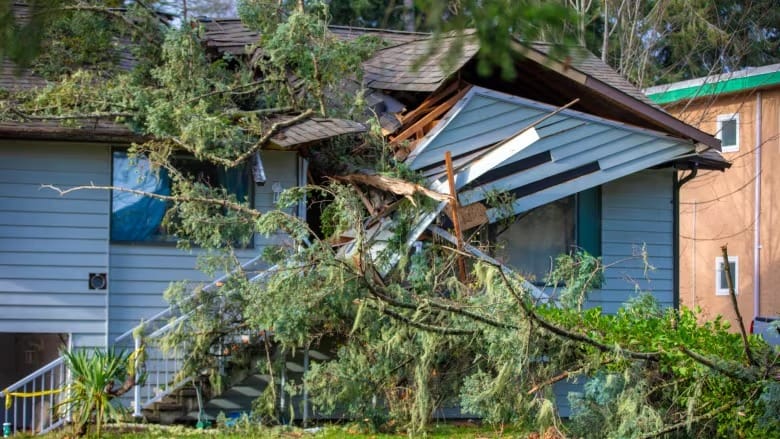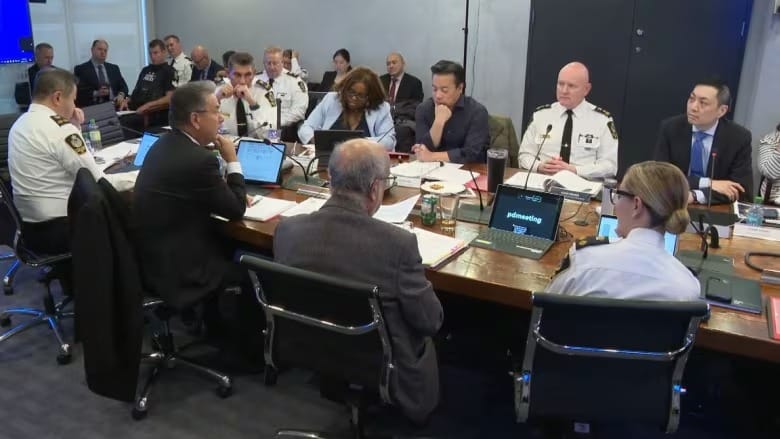How big of a deal is home flipping in B.C.?
StatsCan reports 2.8% of homes sold in the province had been owned for less than a year from 2019 to 2021

Home flipping has been a topic of concern for policymakers in recent years, prompting both federal and British Columbia governments to implement tax measures aimed at curbing the practice in an effort to address housing affordability. However, questions remain about the extent to which home flipping contributes to the province's housing crisis.
New data from Statistics Canada, covering the period from 2019 to 2021, provides insights into this issue. The report defines home flipping as the sale of a property within a year of purchase and reveals that 2.8% of homes sold in B.C. during that time fell into this category.
"I don't think property flipping is a major cause of the housing difficulties we've had in British Columbia. In some ways, it's a consequence," said Tom Davidoff, associate professor at the University of British Columbia's Sauder School of Business.
Flipping Trends and Market Volatility
According to the data, home flipping was most prevalent in 2021, when 3.3% of homes sold were flipped. This coincided with a surge in home prices, reflecting a link between flipping activity and market volatility.
Alex Hemingway, a senior economist with the Canadian Centre for Policy Alternatives, noted that while flipping plays a role, its impact on affordability is limited. "This is a small segment of the market, and the portion of it that's damaging — like holding vacant properties to wait for value increases — is even smaller," Hemingway said.
Flipping was more common in urban areas, with Abbotsford-Mission leading at a 6.5% rate, followed by regions like Vancouver, Kelowna, and Victoria. In contrast, rural areas saw lower flipping rates.
Who Are the Flippers?
The report also sheds light on the demographics of property flippers. Men accounted for 52.3% of flippers, and their median age was slightly older than the average homebuyer (47 compared to 43). Immigrants were disproportionately represented among flippers, making up 45% of the group despite comprising 36.3% of all homebuyers. Businesses were responsible for 7.9% of flipped properties, although they represented just 2.6% of total buyers.
Interestingly, property flippers had slightly lower median family incomes than non-flippers, earning $115,000 compared to $125,000.
The Role of Taxes in Addressing Flipping
To discourage flipping, the federal government recently mandated that profits from home flipping be fully taxed as business income. Additionally, B.C. will introduce a home flipping tax in January 2024, imposing a 20% tax on properties sold within a year and a gradually decreasing rate for sales within two years.
While these measures aim to address the issue, experts are skeptical about their potential impact. Hemingway described the focus on flipping as a "distraction" from the broader drivers of the housing crisis, such as the imbalance between housing supply and demand. "At the end of the day, I don't think [the taxes] are going to move the needle in any meaningful way, if at all," he said. He also noted a pattern of shifting blame within the housing debate, with past targets including foreign buyers and empty homes.
Davidoff similarly downplayed the immediate effects of these taxes but suggested they might have an influence in the long term. Both he and Hemingway emphasized that the real challenge lies in addressing housing supply shortages.
Broader Solutions for Affordability
Experts agree that significant changes in zoning regulations and increased public investment in affordable, non-market housing are necessary to tackle the root causes of B.C.'s housing crisis. "We need a massive expansion of non-market housing to meet demand," Hemingway stated, calling for greater public-sector involvement.
While flipping has drawn attention as a contributor to housing challenges, the data suggests its role is relatively minor compared to structural issues in the housing market. As such, broader, systemic solutions are likely needed to achieve meaningful progress on housing affordability in the province.





